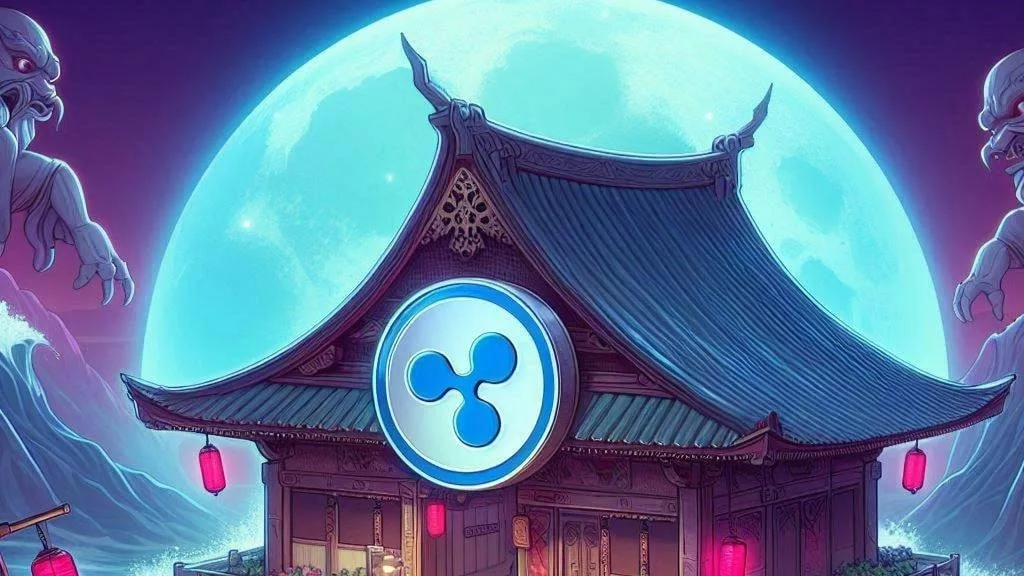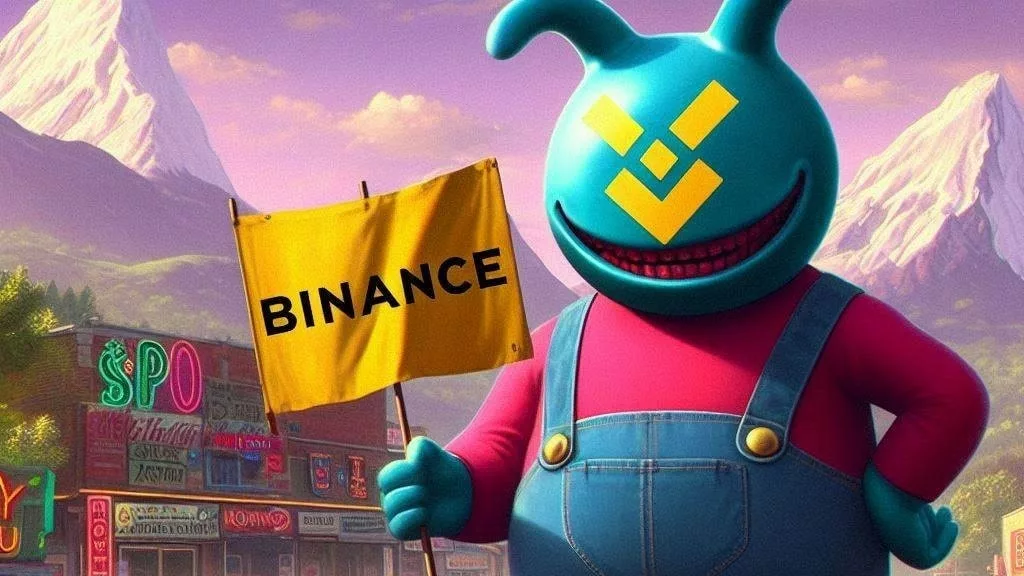
Tether, the company behind the leading stablecoin USDT, has chosen a different path. Rather than building a new blockchain, Tether has decided to focus on existing platforms, a move that reflects careful consideration of current market conditions.
Paolo Ardoino, Tether’s CEO, recently shared insights into the company’s decision in an interview with Bloomberg News. According to Ardoino, the blockchain space is becoming increasingly crowded. With many established blockchains already in place, Tether believes that adding another blockchain might not offer significant strategic benefits. Instead, Ardoino suggests that blockchains are likely to become commoditized, making it less advantageous to create a new one.
Ardoino’s perspective highlights Tether’s focus on leveraging existing technology rather than entering a saturated market. He argues that the company’s resources and expertise are better utilized by working with established blockchains that already offer strong performance and security.
Data from DefiLlama, as referenced by Bloomberg, indicates the current state of the blockchain ecosystem. The data reveals that just five blockchains control approximately 86% of the total value locked in decentralized finance (DeFi) protocols. Ethereum, as a leading blockchain, holds about $87.7 billion of the $133.2 billion total value across all chains.
Ethereum’s success is attributed to its early market entry, robust developer support, and adaptability. Despite its relatively high fees, Ethereum remains a dominant player due to its security, wide application range, and role as the host for a significant amount of digital assets.
The blockchain industry has evolved into a multichain environment, where various platforms are used by developers and users. Angela Ang, a senior policy advisor at blockchain intelligence firm TRM Labs, notes that the success of these platforms often depends on their ability to offer unique features. These may include speed, security, cost-efficiency, and interoperability.
Ang’s observations reflect the complexity of the blockchain space. For new blockchains to stand out, they must provide distinct advantages compared to existing platforms. This multichain environment makes it clear that established blockchains already offer strong solutions for a variety of needs.
Tether’s decision aligns with its “blockchain agnostic” strategy. This approach allows Tether to utilize multiple existing blockchains without being tied to any single one. The company’s focus is on ensuring that the platforms supporting USDT are secure and efficient.
Ardoino’s view of blockchains as merely “transport layers” underscores this strategy. For Tether, the priority is on maintaining the security and functionality of its stablecoin rather than investing in the creation and management of a new blockchain.
Tether’s choice not to create a new blockchain may have several implications for the broader crypto industry:
Tether’s choice to refrain from creating its own blockchain demonstrates a strategic response to the current state of the crypto market. By focusing on existing platforms, Tether leverages proven technology and avoids the complexities of developing a new blockchain. This approach aligns with the company’s goal of maintaining flexibility and concentrating on delivering a stable and secure digital asset through USDT.



Get the latest Crypto & Blockchain News in your inbox.